Current Electricity
作者:CHAN SI MIN .


1. Potential difference
1.1. amount of electrical energy converted to other forms of energy when one coulomb of positive charge passes between the two points.
1.2. V(potential difference) = W(electrical charge ---> other forms) / Q(amount of charge)
1.3. Volt (V)
1.4. measured using voltmeter connected in parallel
2. Resistance
2.1. S.I. Unit = Ohm
2.1.1. Ohm is the resistance of material through which a current of 1A flows when potential diff of 1V is maintained
2.2. R = Volt (V) / Current flowing in it (I)
2.3. The longer the resistor, the higher the resistance
2.4. The bigger the cross-sectional area of the resistor, the lower the resistance
2.5. Types
2.5.1. Fixed resistors
2.5.1.1. carbon film
2.5.1.2. tin oxide
2.5.2. Variable resistors (rheostat)
2.5.2.1. control brightness of lamp
3. E.M.F.
3.1. work done by source in driving a unit charge round a complete circuit
3.2. E (e.m.f.) = W(work done)/Q(amount of charge)
3.3. 1. Joules per coulomb (JC^-1) 2. Volts (V)
3.4. measured using voltmeter connected in series
4. Current
4.1. Formed by moving electrons
4.1.1. Electron flow
4.1.1.1. Caused by the flow of electrons moving from a negatively charged end to a positively charged end
4.1.2. Conventional current flow
4.1.2.1. Convention adopted by most
4.2. Measured in ampere(A)
4.2.1. Measure of the rate of flow of electric charge Q through a given cross sector of a conductor
4.2.1.1. I = Q/t
4.2.2. Can be measured using an ammeter
4.2.2.1. Must be connected in series
